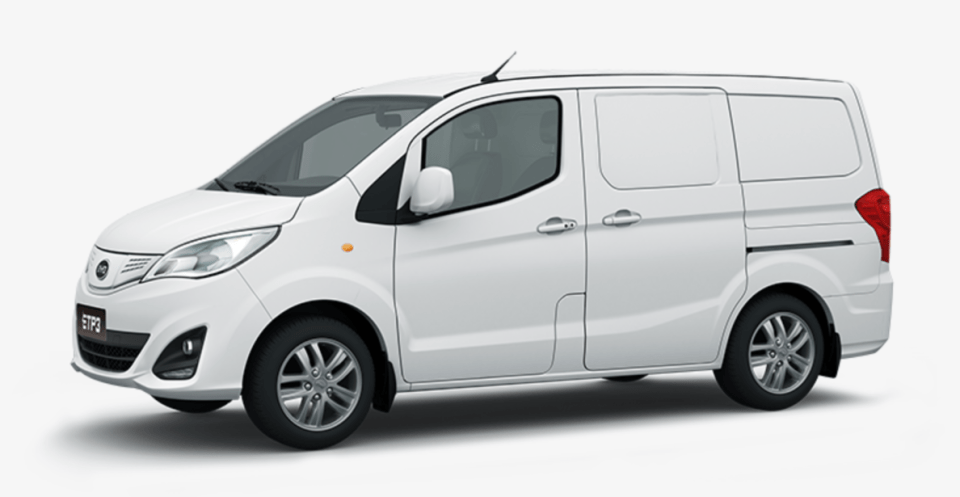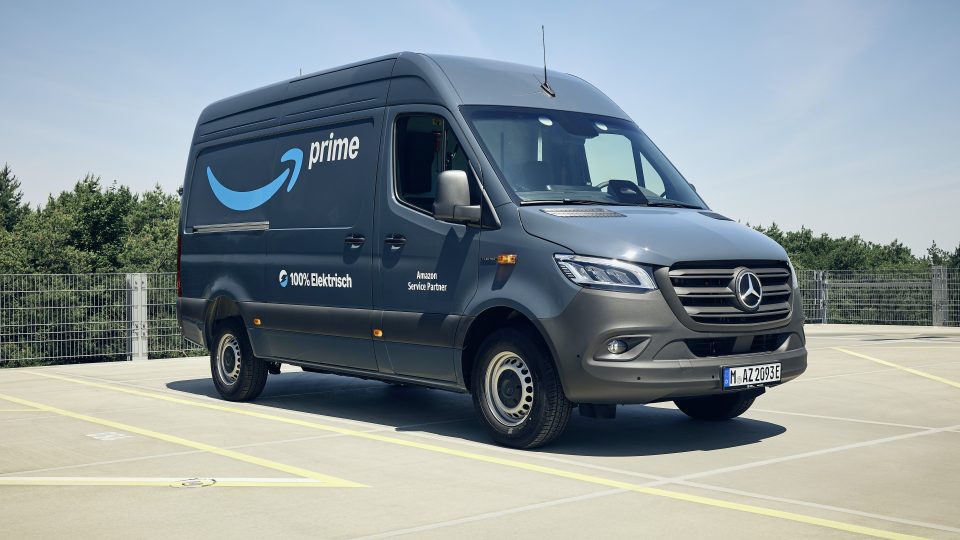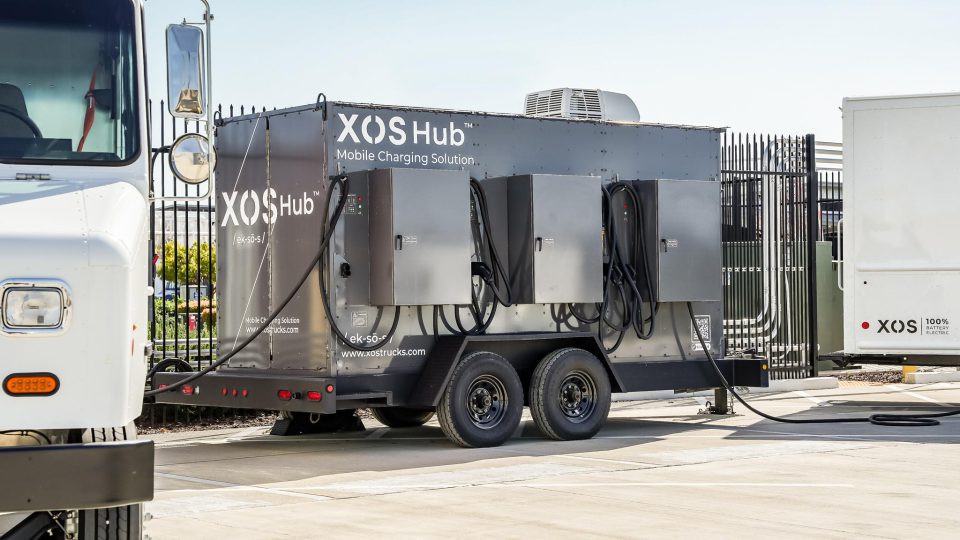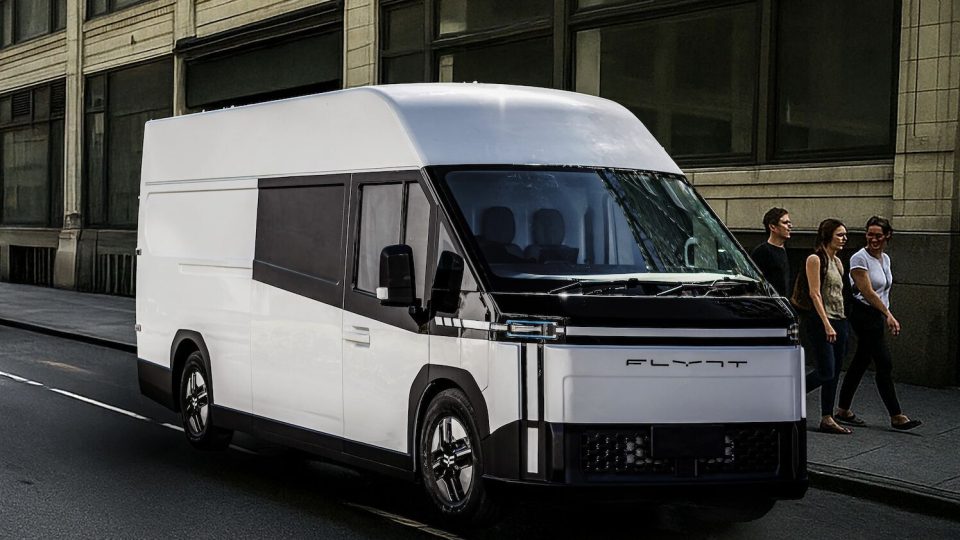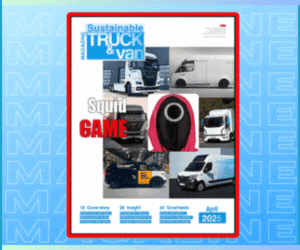Let’s have a look at the interior of the new electric light commercial vehicle by WATT
Watt Electric Vehicle Company (WEVC) will soon put on display its newly-conceived eCV1 light commercial vehicle at the CV Show in Birmingham, this week. One of the platform’s key benefits, according to the manufacturer, is an ergonomic cabin focused on a central driving position, always allowing easy kerbside exit for driver safety and one, two or three seat configurations.
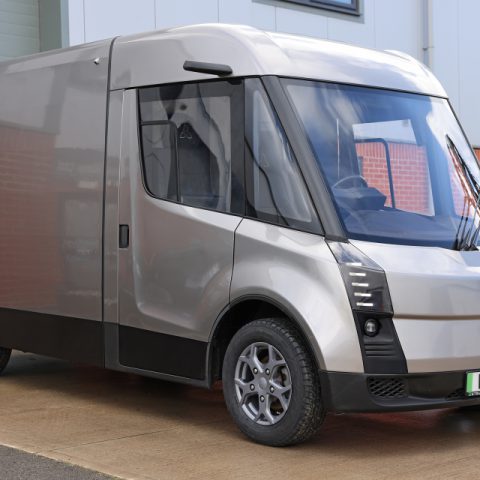
Watt Electric Vehicle Company (WEVC) will soon put on display its newly-conceived eCV1 light commercial vehicle at the CV Show in Birmingham, this week. Although the vehicle is still a prototype (here’s more about the UK-based WEVC project), it is a clean sheet design based on WEVC’s flexible EV architecture which enables a wide range of electric commercial vehicle designs, facilitating mission-specific models which meet customers’ particular fleet requirements.
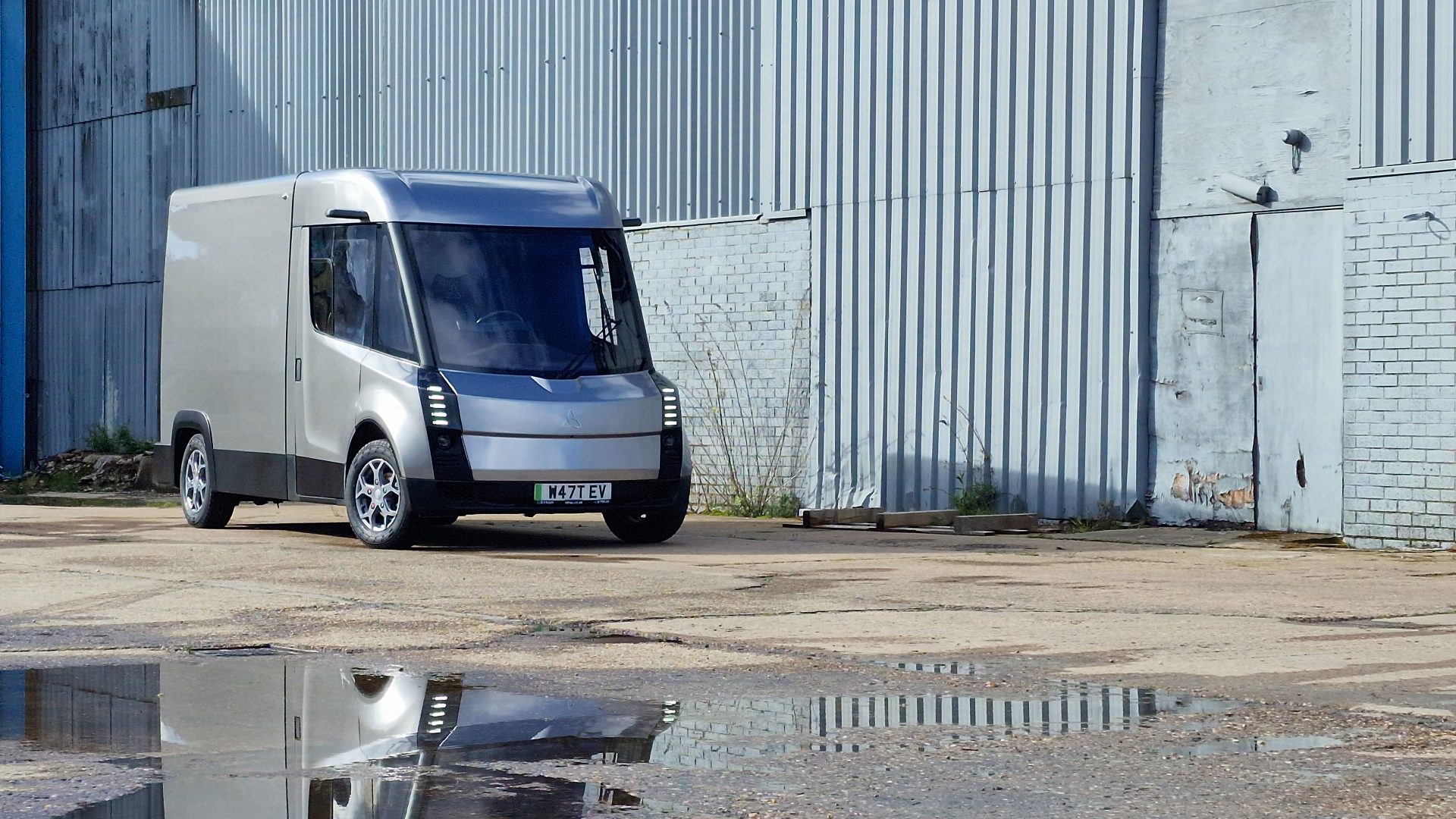
WATT electric commercial vehicle with driver cental position
One of the platform’s key benefits, according to the manufacturer, is an ergonomic cabin focused on a central driving position, always allowing easy kerbside exit for driver safety and one, two or three seat configurations. As well as easing ingress and egress on either side and offering remarkable headroom, the central driving position gives excellent visibility, further enhancing driver and other road users’ safety. Placing the driver in the centre of the vehicle also facilitates a smaller frontal area, which combined with a class-leading kerb weight, results in a highly energy efficient electric commercial vehicle.
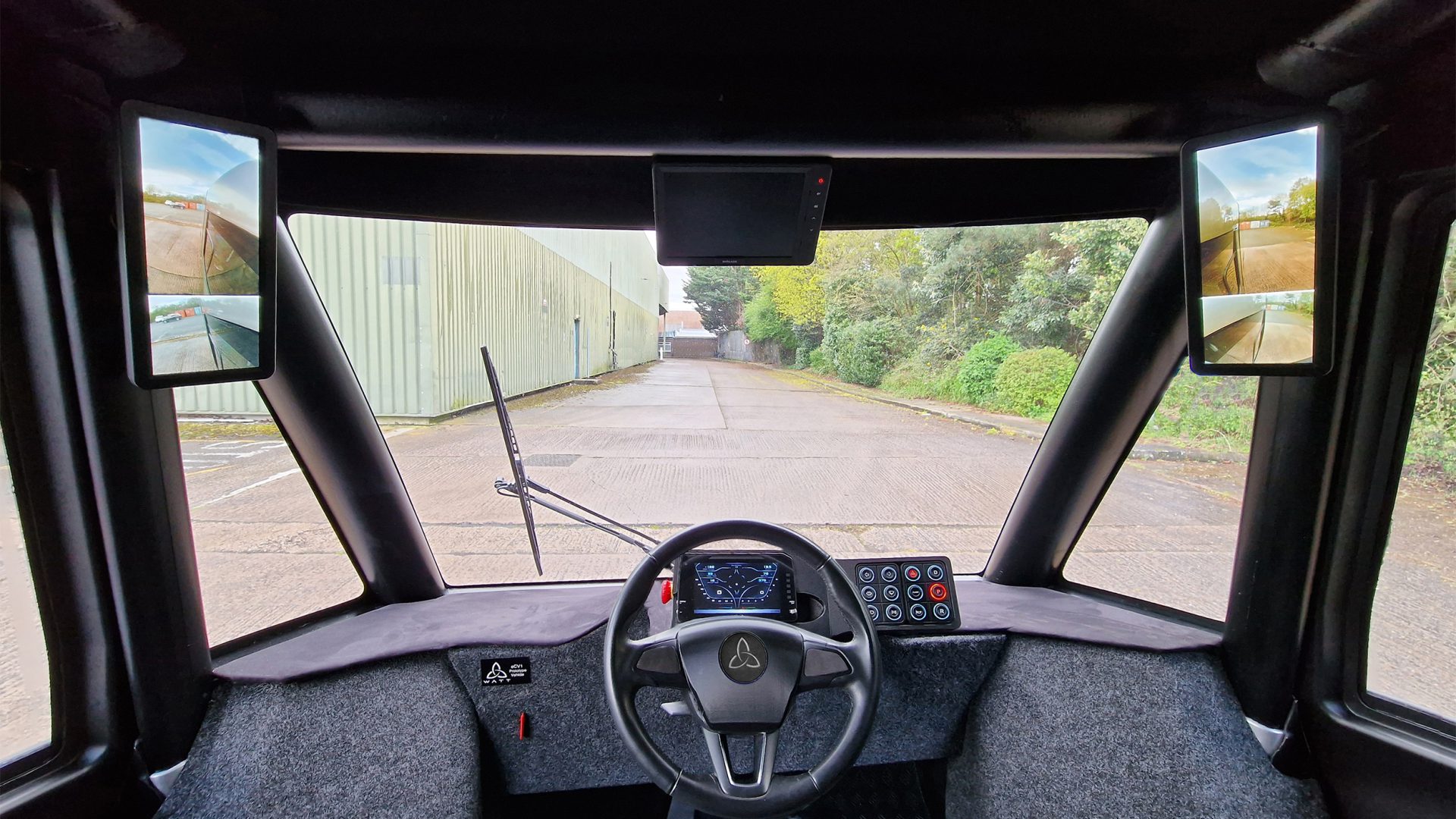
“Our unique approach to addressing the challenges facing the industry is going to enable the transition to mission-specific, yet cost-effective electric light vans – vehicles which, because they have been designed from a blank sheet of paper, are packed full of innovative features that bring benefits to both fleet operator and drivers”, commented Neil Yates, CEO of WEVC.
“Our eCV1’s cabin has been designed to make their job easier, safer, and less strenuous, improving visibility, maximising headroom, allowing them to get in and out of the van from either side, and not into traffic. Putting the driver at the centre of things helps them avoid damage with a better view, while maximising driving range through reduced frontal area”.










